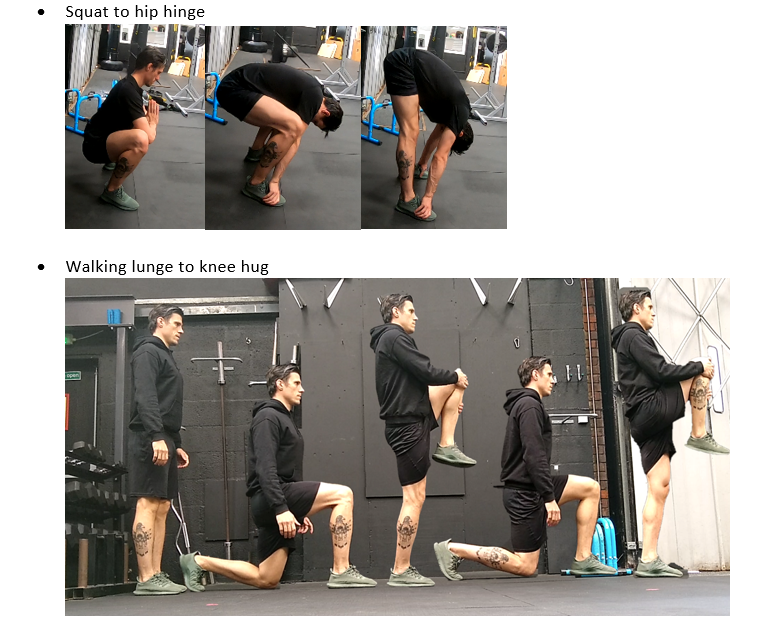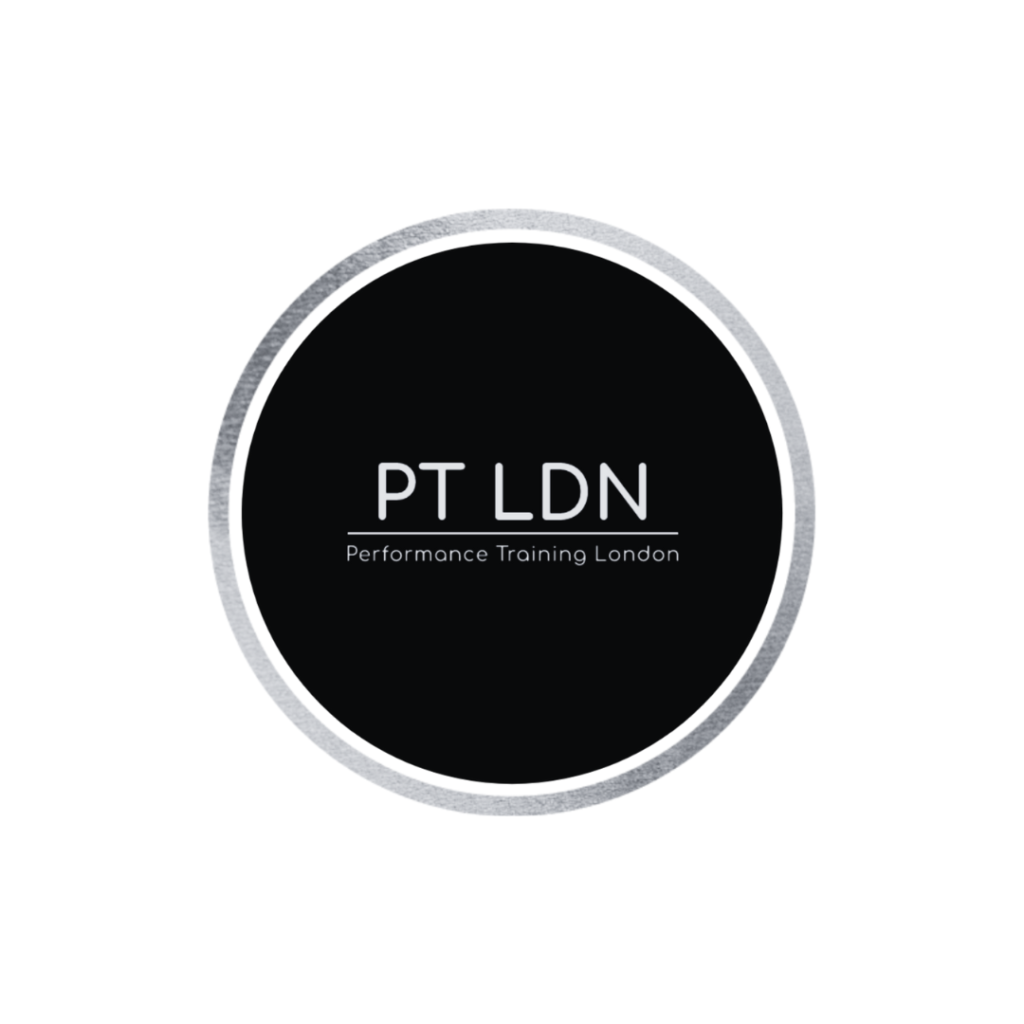Warming up is fundamentally important to prepare the body and mind for what it is about to undertake in the workout, grabbing the bar and doing 20 reps or just starting at a slower pace on the treadmill isn’t sufficient and sure, you may get away with it during your first weeks, months, early years of training but mid to long term those niggles caused by your body compensating for misalignment and tightness with get worse and worse as your body has adapted to what you’ve put it through, mostly stress and degradation without proper preparation. Follow this guide and you will feel lighter, looser, freer movement and less niggles and injuries!!
You can contact us directly here to learn how we can help you improve your warm up and ultimately your results.
At PTLDN we use a modified R.A.M.P style warm up as it covers everything you need in a safe, logical, and progressive manner. R.A.M.P stands for:
· Raise (heart rate, blood flow, transport of nutrients, removal of waste products)
· Activate (switch on the muscle we want to use)
· Mobilise (lubricate and prepare joint range and soft tissue)
· Potentiate (load the muscle fibres through specific movements)
The national strength and conditioning organisation – UKSCA – recommend this format for amateur to professional athletes so they’re must be doing something correct if Sonny Bill Williams or Anthony Joshua are doing it!
From our personal experience and with over 10,000 hours logged training clients, we have modified the process slightly to add further steps into for additional effectiveness and better performance, which ultimately is our goal with training.
Our first warm up step is to SMR or self-massage, foam roll or use a massage gun to loosen up the soft tissue such as muscle fibres or the fascia which may be tight from too much resistance (international chest day) or daily life (phones, laptops).

The aim of the SMR is to help the muscle and joint adopt a better position and alignment prior to exercise, why is this important? Well without optimum alignment every rep, mile or movement is reinforcing the tightness or position and moving the joint and load into an unfavourable position. Imagine trying to drive on a motorway with the lanes 30% smaller, you’d end up hitting the partitions and other vehicles causing damage, whereas widening the road prior to moving on it would eliminate this damage. If you want to read more about this essential technique our friends at Coachmag go into more detail here.
Stage 2 involves raising the heart rate and mobilising the joints through dynamic movements such as squatting down, holding your feet and sending your hips up to the ceiling into a forward bend, or walking out to a high plank, lunging one foot forward and rotating the arm up towards the sky.

The aim of this is to raise the heart rate and pump more blood and nutrients to the muscles, increase the respiratory rate (more o2 in more co2 out), fire up the central nervous systems so it’s stimulated and to mobilise the joints by releasing synovial fluid to lubricate the articulations between bones, which will allow for less friction and a smoother movement. Still thinking those 20 reps on the bar will suffice?!
Stage 3 is focused on activating key muscle groups prior to movement. Prior to deadlifts we analyse the movement pattern and key muscles required to perform correctly with the optimal output.

A deadlift is a hip hinge/extension movement which is glute dominant. This muscle group is notoriously difficult to feel working but, in our opinion, the most important muscle during lower body exercises as it is the powerhouse which produces the greatest force. Turning them on with some unilateral bosu glute bridges is our recommendation before a big deadlift or squat session.
Stage 4 is to potentiate the muscle; what does this mean I hear you ask?

Well, muscle tissue is made up of different fibres types, with different characteristics allowing tasks such as bicep curling 20kg or bicep curling a feather to be performed at the right force, the nerve signal from the brain tells specific motor units and fibres to fire under different loads. Potentiation is letting the brain and nerve signals and therefore the muscle know it needs to fire! Usually this would be to do an explosive movement such as jump squats at the end of the warm up.
A sample warm up from PTLDN prior to a lower body strength workout would look like this:
SMR (5 mins)
Foam Roller:
· Quads & back, including externally and internally rotated positions

· Glutes (piriformis focus)

Massage Ball:

Raise & Mobilise (3 mins)

Activate (5 mins)

Potentiate (1 min)
· 10 single reps max effort vertical jump, 5 seconds rest between each rep

Taking these additional steps WILL improve your workout and your longevity with training, contact us here to discuss your specific training needs and how this modified RAMP warm up will improve your training regime.
